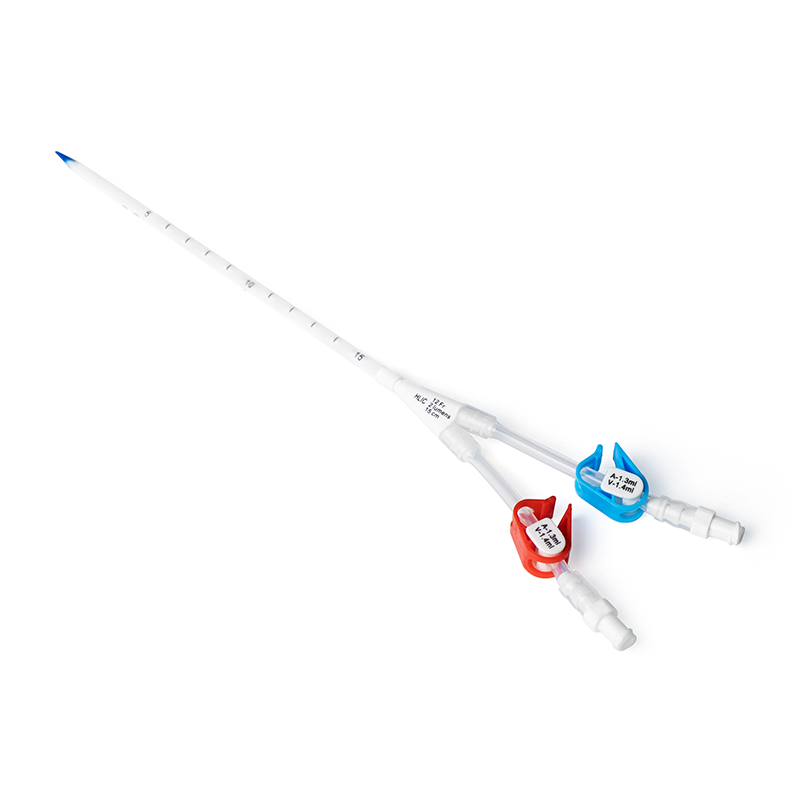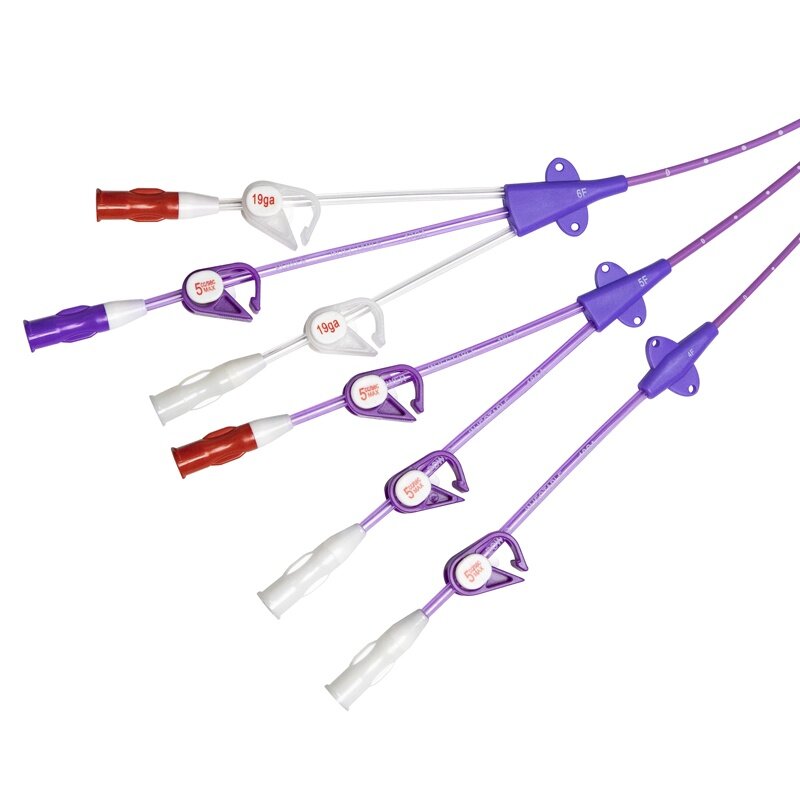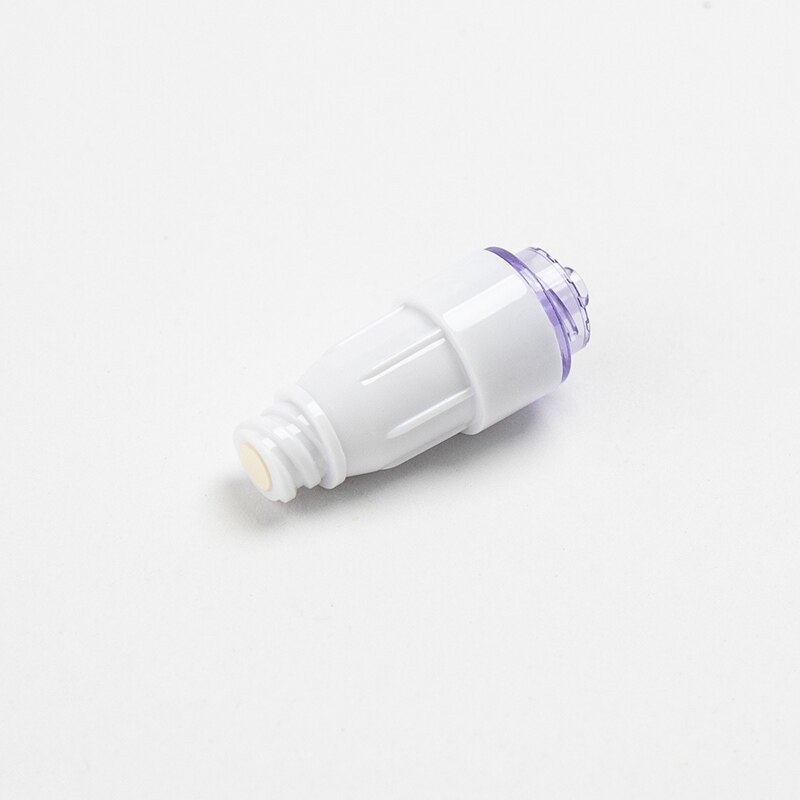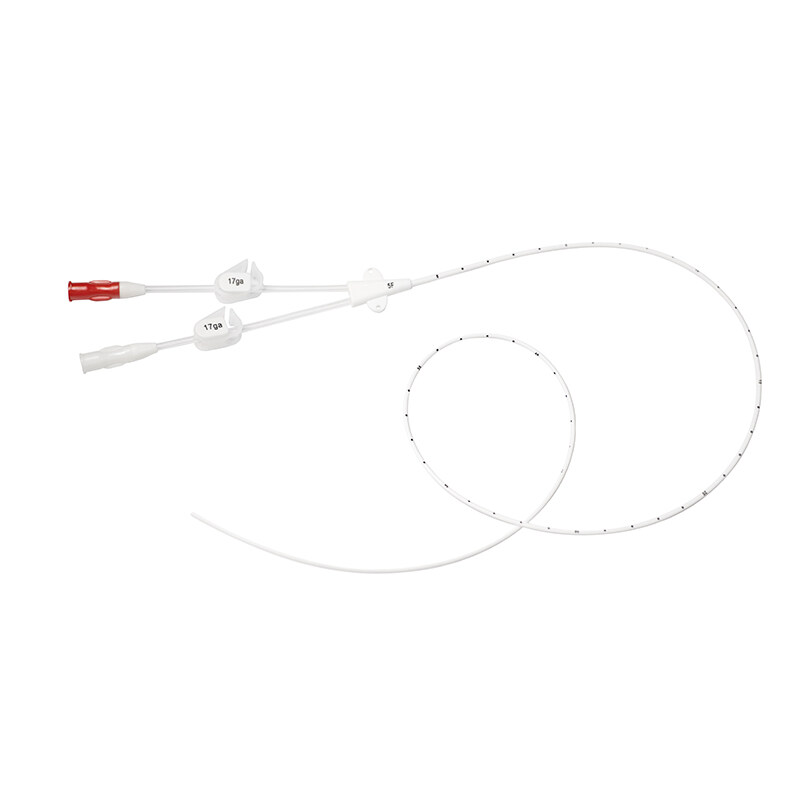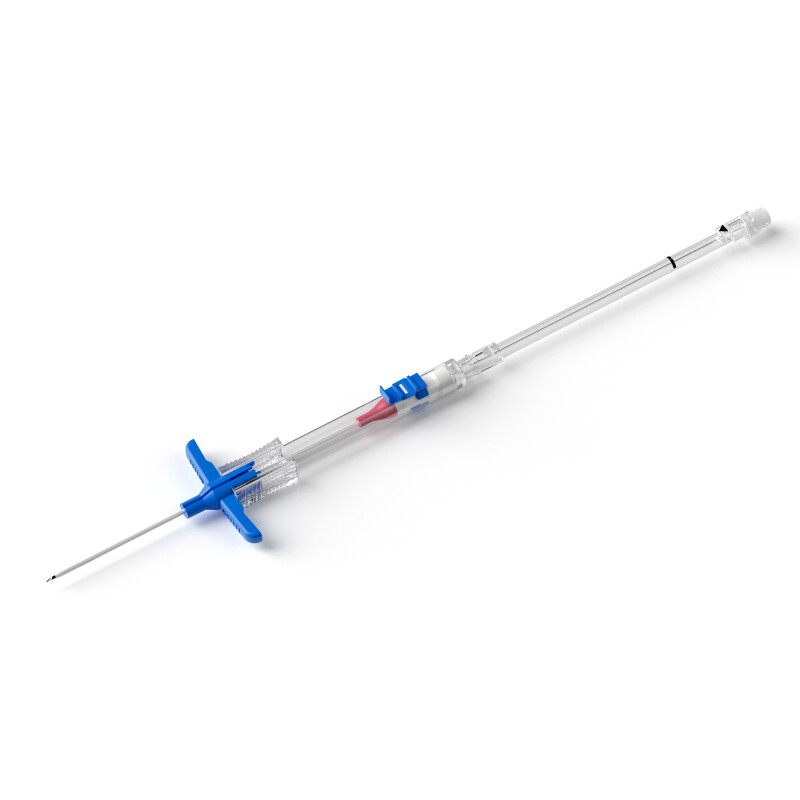|
Evidence Theme
|
Evidence Content
|
Evidence Level
|
Recommendation Grade
|
|
Catheter Occlusion Recognition
|
1. Recognize the manifestations of partial or complete catheter occlusion: inability to aspirate blood return or slow blood return; slow infusion rate; inability to flush or unsmooth infusion; frequent occlusion alarms of the infusion pump; exudation, swelling or leakage at the infusion site. [7]
|
Level 5
|
A
|
|
Risk Assessment
|
2. Assess whether the patient has risk factors for catheter occlusion: a history of deep vein thrombosis or a family history; patients undergoing high - risk surgery for deep vein thromboembolism and complex trauma patients; patients with coagulation disorders; patients in pregnancy or taking oral contraceptives; abnormal catheter insertion history; having other catheter - related complications. [9]
|
Level 5
|
A
|
|
3. Assess the patient's treatment plan: the type, nature, dose, frequency, duration, infusion method and infusion risk of infused drugs and blood products, as well as different drug interaction schemes. Do not use midline catheters for continuous ambulatory peritoneal dialysis (CAPD) treatment, enteral nutrition, drugs with extreme pH or osmotic pressure for infusion. [6]
|
Level 1
|
A
|
|
4. When flushing with irritating and foaming agents, the catheter should be locked by positive pressure. [6]
|
Level 1
|
B
|
|
5. When evaluating the vascular anatomy before catheterization, vascular visualization technology should be used to identify whether there are abnormalities (such as occlusion or thrombus formation) in the blood vessel. [6]
|
Level 1
|
A
|
|
6. Evaluate the diameter of the blood vessel before catheterization, measure the ratio of the catheter to the blood vessel (< 45%), and choose the device with the smallest outer diameter, the least number of lumens, and the least trauma. [6]
|
Level 1
|
A
|
|
Catheter Insertion
|
7. After catheterization, assess the integrity of the local skin at the puncture site at least once a day, check for signs of inflammation such as redness, swelling, heat, and pain, and whether the circumferences of the upper arms on both sides are consistent. [6]
|
Level 1
|
A
|
|
8. It is recommended to assess the function of the catheter at least once a day after catheterization to identify the risk of catheter occlusion. [6]
|
Level 1
|
A
|
|
9. It is recommended that catheter insertion be performed by trained and qualified professionals. [6]
|
Level 1
|
A
|
|
10. The preferred puncture site is the upper arm, followed by the antecubital fossa area, and the area 1/3 between the antecubital fossa and the axilla is the best. [7]
|
Level 4
|
A
|
|
11. Catheterization should be performed through the basilic vein, cephalic vein or brachial vein, and the basilic vein is the best. [6]
|
Level 5
|
A
|
|
12. When puncturing, the following areas should be avoided: areas that are painful on palpation; areas with open wounds; infected areas; damaged blood vessels and areas planned for surgery. [6]
|
Level 5
|
A
|
|
13. Avoid catheterization in the areas of breast surgery, lymph node dissection or edema, hemiplegia, areas with dialysis fistulas or transplant flaps. [6]
|
Level 1
|
B
|
|
14. For patients with poor vascular conditions, it is recommended to use vascular visualization technology to assist in vein identification and selection. [6]
|
Level 1
|
A
|
|
15. It is recommended to use modified Seldinger technique or modified Seldinger technique for catheterization. [6]
|
Level 5
|
A
|
|
16. It is recommended to choose catheters made of polyurethane and silicone materials. [6]
|
Level 1
|
B
|
|
17. It is recommended to use needle - free positive pressure or positive pressure needle - free infusion connectors. [7]
|
Level 1
|
A
|
|
18. The frequency of needle - free infusion connector replacement is generally ≥ 96 h. [6]
|
Level 5
|
A
|
|
19. Timing of needle - free infusion connector replacement: when removed for any reason; when there is residual blood or other residue;before blood sampling for blood culture; when it is determined to be contaminated; in accordance with organizational policies, practice guidelines, and product instructions. [6]
|
Level 4
|
A
|
|
Tip Position
|
20. Avoid using needle - free infusion connectors for rapid infusion of crystalloid solutions and red blood cells. [6]
|
Level 1
|
B
|
|
21. Ensure that the tip position of the catheter is correct. Use body surface measurement to predict the length from the puncture point to the tip of the catheter and record it. [7]
|
Level 4
|
B
|
|
22. When the patient is transferred from other medical institutions, it is necessary to assess the tip position of the catheter; check for resistance during blood aspiration and flushing; check whether the exposed length is consistent with the record at the time of catheterization. [6]
|
Level 1
|
B
|
|
Catheter Fixation
|
23. The appropriate fixation method should be selected according to the patient's age, the integrity of the skin at the puncture site, whether there is swelling or exudation, etc. [6]
|
Level 4
|
A
|
|
24. It is recommended to use a catheter fixation device to fix the catheter, and avoid using sutures and non - sterile tape. [6]
|
Level 1
|
A
|

